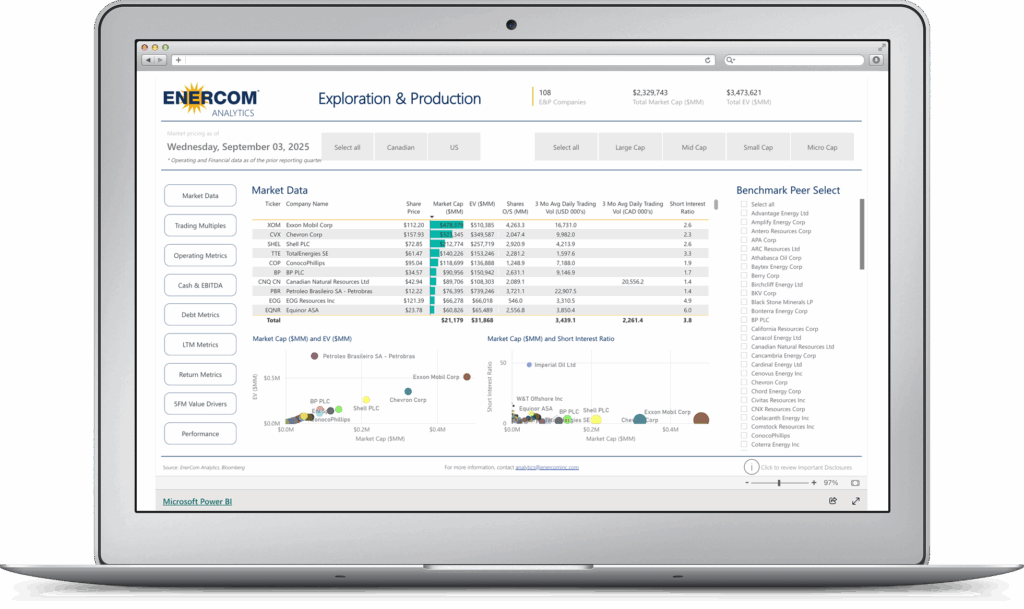Sees Global Glut Shrinking in 2016
Looking toward a receding global oil oversupply, the World Bank has raised its 2016 price target for oil to $41, up from $37.
 In its latest Commodity Markets Outlook report, the organization cites the effects of lower production from U.S. shale and disruptions in Iraq and Nigeria. The report, published quarterly, looks at global supply and demand for 46 commodities.
In its latest Commodity Markets Outlook report, the organization cites the effects of lower production from U.S. shale and disruptions in Iraq and Nigeria. The report, published quarterly, looks at global supply and demand for 46 commodities.
“We expect slightly higher prices for energy commodities over the course of the year as markets rebalance after a period of oversupply,” said John Baffes, Senior Economist and lead author of the Commodities Markets Outlook. “Still, energy prices could fall further if OPEC increases production significantly and non-OPEC production does not fall as fast as expected.”
All main commodity indexes tracked by the World Bank are expected to decline in 2016 from the year before due to persistently elevated supplies, and, in the case of industrial commodities, including energy, metals, and agricultural raw materials, weak growth prospects in emerging market and developing economies.
Bank Softens Energy Commodities Price Drop to 19.3%
According to the World Bank report, energy prices, including oil, natural gas and coal, are due to fall 19.3 percent in 2016 from the previous year, a more gradual drop than the 24.7 percent slide forecast in January. Non-energy commodities, such as metals and minerals, agriculture, and fertilizers, are due to decline 5.1 percent this year, a downward revision from the 3.7 percent drop forecast in January.
Metals prices are projected to fall 8.2 percent in the coming year, less than the 10.2 percent drop forecast in January, reflecting expectations of stronger demand growth by China. Agriculture prices are forecast to fall more than projected in January in what is expected to be another favorable harvest year for most grain and oilseed commodities. Agricultural commodities prices are also pulled down by lower energy costs.
The report points out that lower commodity prices are undermining growth prospects for many countries that experienced a surge in exploration, investment, and production during the commodities boom of the 2000s. Countries that have borrowed and invested heavily in anticipation of faster growth may struggle to service their debt and sustain investment, the report says.
With oil and metals prices today 50 percent to 70 percent lower than their early 2011 peaks, natural resource development projects have already been put on hold or delayed in several emerging and developing countries.






